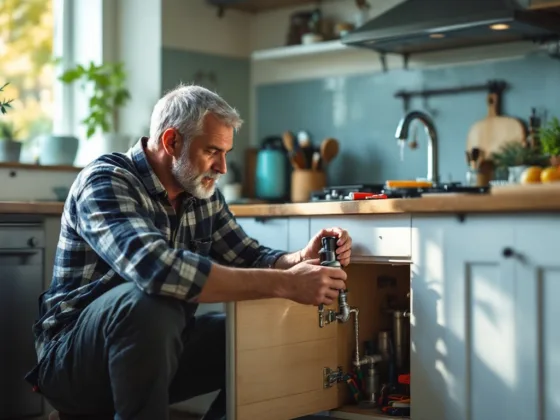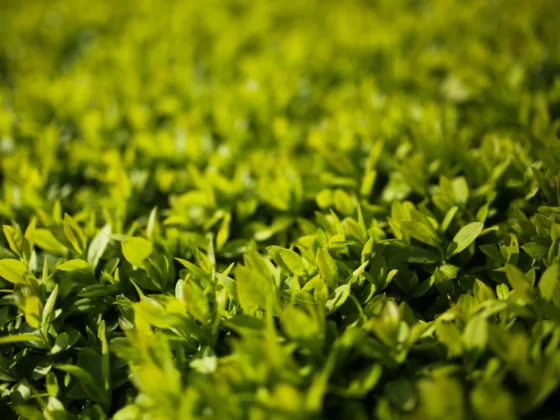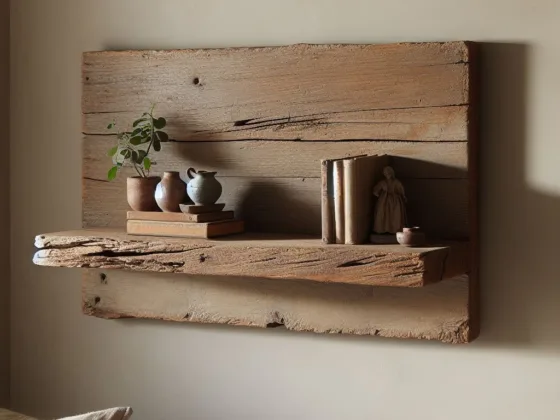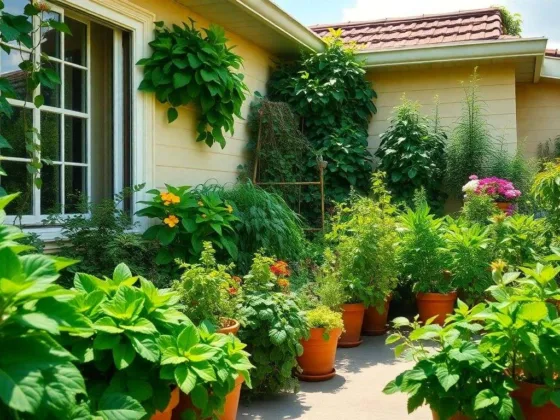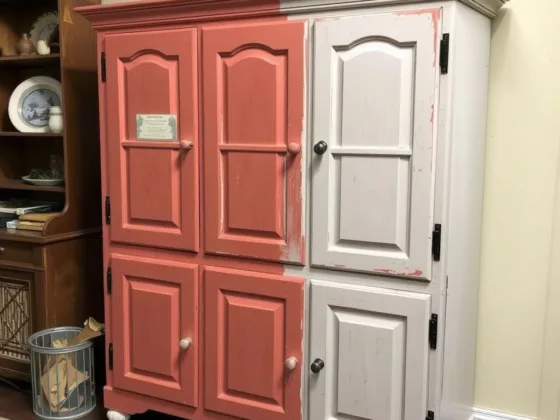Table of Contents Show
As food prices rise and you start to realize just how many seeds are in each of your vegetables, the idea of starting a DIY vegetable garden gets more and more appealing.
A vegetable garden is a great way to get some exercise, save money, and incorporate more vegetables into your life in a fun way.
Does that sound good to you?
If so, we totally agree. But how do you even start a vegetable garden? If it was easy, wouldn’t more people do it?
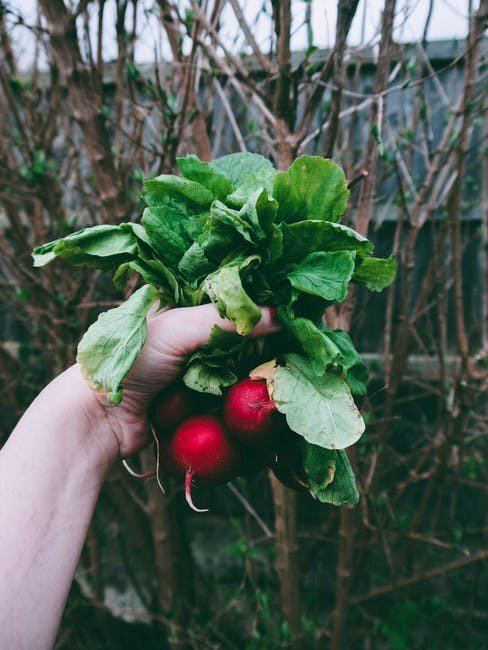
We’re here to help. Here are a few of our favorite tips to make gardening and growing your own food a breeze.
Read Also:
1. Prepare for Pests
Many first-time gardeners get discouraged when they see that their beloved vegetables have been munched on by some rude animals. Deer, squirrels, rabbits, and more love to chew on tasty vegetables and leaves, making things harder for the DIY gardener.
You might even run into ants, gnats, and other smaller pests.
Don’t fret. You might be tempted to use pest control right away, but don’t bring out the chemicals. There are plenty of eco-friendly ways to deter pests and some of them even add color and flair to your garden.
2. Choose Your Location Wisely
When you’re looking around your home for a place to plop your garden down, you want to make sure that you’re choosing an area that gets adequate sunlight and doesn’t accumulate water.
This means that if your home slopes down, make sure that you don’t pick an area that acquires a lot of drainages.
You want to pick somewhere sunny, relatively dry, and far enough away from your lawn that it doesn’t get in the way of any aesthetics or lawn care service that you might have planned.
3. Ensure That You Have Appropriate Crops
Many first-time gardeners realize too late that the thing that they want to grow won’t work in their part of the world. They have all of these DIY vegetable garden ideas that won’t actually work where they live.
Some plants require tropical temperatures while others need a more dried-out and sunny climate. While it’s tempting to put all of your favorite edible plants in the ground so you can have them for free, do your research first.
Bonus tip: not all vegetables like being planted next to each other. Make sure that your adjacent plants are compatible.
4. Start With Healthy Soil
A healthy garden starts with healthy soil. Many backyards aren’t equipped with the kind of soil necessary for full and vibrant vegetable gardens so you might need to do a bit of preparation.
There are ways to increase the health of your soil with fertilizer, store-bought soils, and even compost.
Starting a compost bin now is a great idea because you’ll be adding to it as you continue your vegetable journey. Start one up and get your soil up to standard.
Start Your DIY Vegetable Garden Now!
Now is as good a time as any to start a DIY vegetable garden or plan for next year’s crops. Don’t overspend at the grocery store on the foods that you eat daily.
Grow your own healthy vegetables from the comfort of your home. It’s not just food, it’s an experience.
For more posts like this, visit the rest of our site.



